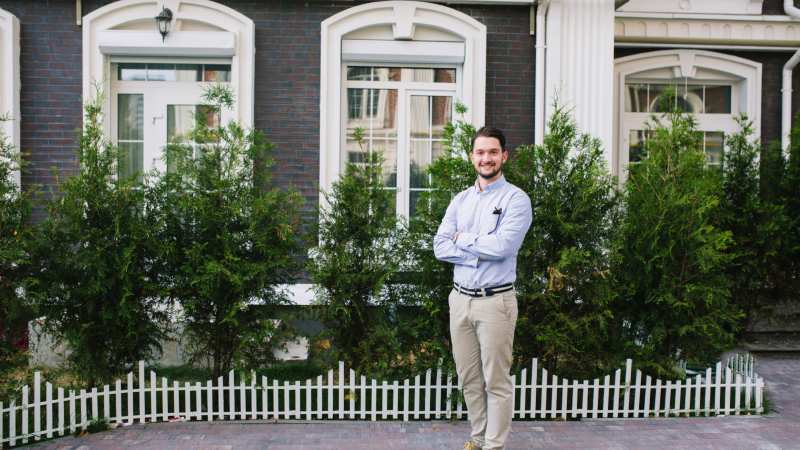Choosing the right materials for your home’s exterior is a significant decision that impacts not only its appearance but also its resilience against the elements. A durable exterior protects your investment, reduces long-term maintenance costs, and ensures your home remains a source of pride for decades. With so many options available, from traditional wood to modern composites, it can be challenging to know which material will offer the best performance and aesthetic. This guide will explore four of the most durable materials for long-lasting exteriors, providing the insights you need to make an informed choice for your property.
1. Fiber Cement Siding
Fiber cement siding has become a popular choice for homeowners seeking a versatile and highly durable exterior solution. Composed of a mixture of sand, cement, and cellulose fibers, this material is engineered to withstand some of the harshest weather conditions. Unlike wood, it is completely resistant to rot, termites, and other pests. It is also non-combustible, which provides an added layer of fire protection that many homeowners value. The National Association of Home Builders (NAHB) conducted a study noting that fiber cement siding often lasts 50 years or more with proper installation and minimal maintenance. This durability means you spend less time and money on repairs and replacements over the life of your home. A simple cleaning with soap and water every few years is typically all that’s needed to keep it looking its best.
2. Brick and Stone Veneer
For a classic look that exudes strength and permanence, brick and stone veneer are unparalleled options. These materials have been used for centuries and have a proven track record of longevity. Natural stone and modern manufactured stone products offer incredible resistance to fire, moisture, and pests.
Advances in manufacturing have also made products like manufactured stone veneer more accessible and versatile. For example, options like pre-cast stone in Billings and other regions provide the authentic look and feel of natural stone without the same weight or installation complexity, making it a practical choice for both new construction and renovation projects.
3. Metal Siding
Once reserved for commercial buildings and rustic barns, metal siding, particularly steel and aluminum, is now a stylish and incredibly resilient option for modern homes. Steel siding is renowned for its strength and impact resistance, making it an excellent choice for areas prone to hailstorms or high winds. It won’t crack, warp, or rot, and it is impervious to insects. Aluminum siding offers similar benefits but is lighter and naturally rust-resistant, which is ideal for coastal climates with salty air. Modern metal siding offers many colors and textures, often mimicking wood. It lasts 40–70 years and is environmentally friendly.
4. Modified Wood
For those who love the natural beauty of wood but worry about its susceptibility to rot, insects, and moisture, modified wood offers an innovative solution. This type of wood undergoes a thermal or chemical modification process that alters its cellular structure, making it significantly more durable and stable than untreated wood. Thermal modification heats wood to lower moisture and prevent decay, creating durable, low-maintenance wood that lasts 25–30 years while keeping its natural beauty.
Choosing the right exterior material is a crucial step in ensuring your home’s longevity and beauty. Explore materials like fiber cement, stone, metal, or modified wood to match your style and ensure long-lasting durability.

